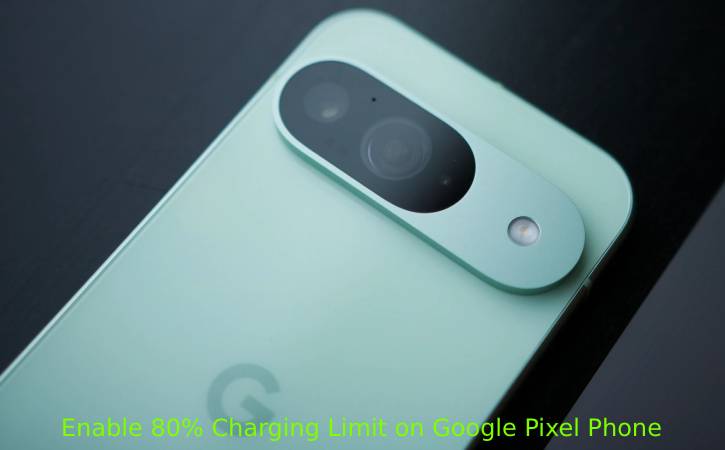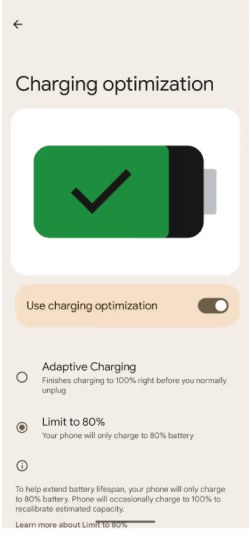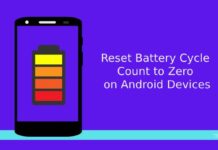Maintaining your smartphone’s battery charge between 30% and 80% is said to extend its lifespan. Lithium-ion batteries, such as the one in your Google Pixel phone, naturally degrade over time, and frequently charging them to 100% can accelerate this wear. Also, allowing the battery to discharge completely to 0% can negatively impact its longevity.
Similar to Samsung and other popular smartphone brands, Pixel phone has a feature to prevent overcharging. By setting the charging limit to 80%, you can extend the lifespan of the battery. Here’s how to restrict your Google Pixel phone charging above 80% for improved battery longevity.
Another advantage of this feature is that it enables the Bypass charging, allowing your phone to draw power directly from the charger once it reaches 80%, rather than using the battery. This helps keep your phone cooler and minimizes battery strain during prolonged gaming or video streaming.
How to Limit 80% Charging on Google Pixel Phone?
1. Open the Settings app on your Google Pixel phone.
2. Scroll down and select Battery settings.
3. Next, tap on the Charging Optimization option.
4. Now, under Adaptive Charging, select Limit to 80%.
You have successfully set the charging limit to 80% on your Pixel phone. Now, your device will stop charging the battery once it reaches this limit and activate the Bypass charging feature.
Bypass charging means, if the phone remains plugged in after reaching the 80 percent limit, power will flow directly from the charger to the phone, bypassing the battery. This functionality helps to reduce heat and minimize wear during intensive usage. This setting is particularly useful if you keep your phone plugged in for extended periods, such as during gaming, streaming, or work, and can help extend your phone’s battery life.
This setting is available on Google Pixel phones running Android 15 and later. Enabling the 80% charge limit on your Pixel phone is a simple way to maintain your battery’s health. Although the battery may occasionally charge to 100%. This is a normal occurrence. It is to recalibrate its fuel gauge and ensure accurate charge level readings.



